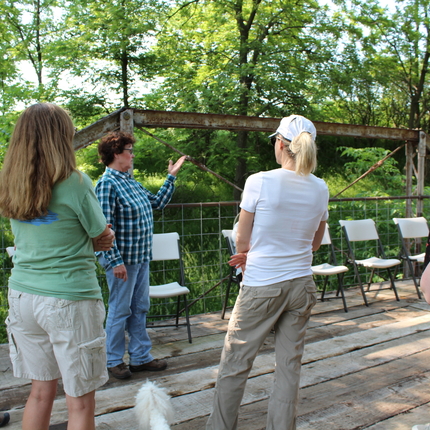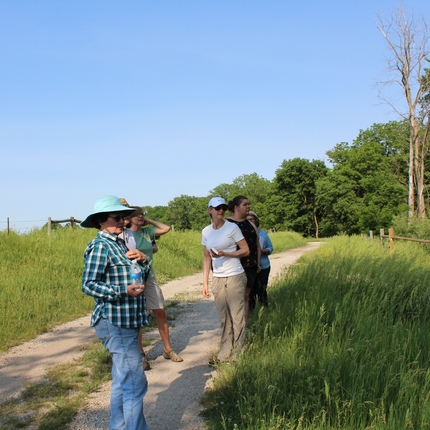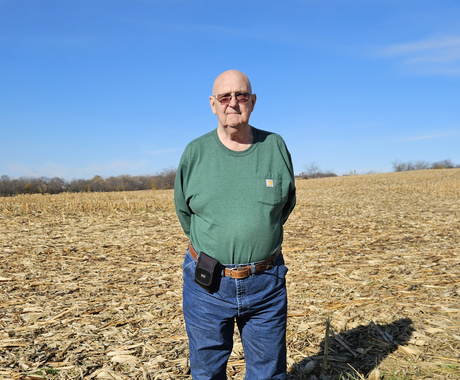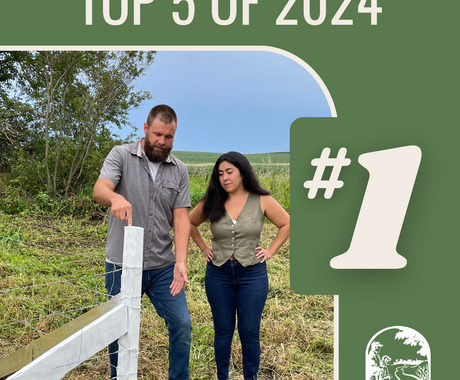Stephanie O'Keefe always wanted to own land, but felt she didn’t have what it took to make that happen.
“I did not have enough knowledge or muscle for the task,” she said. “However, it became apparent about four years ago that my son-in-law and I could become partners, and between the two of us, accomplish the goal of land management.”
With that in mind, Stephanie aimed to learn as much as she could about managing farmland. One source of continuing education she discovered was through the Center for Rural Affairs’ Women’s Learning Circles.
The Center’s Women’s Learning Circles are peer group sessions that consider participants as the experts on their own production, farmland, and conservation needs. Information, experience, and resources are shared at each circle, allowing women to implement what they’ve learned into their own farm business or operation.
“The women are very resourceful in taking care of their farms,” Stephanie said. “Several of them have the gift of long-time farm ownership. They have been through the weather cycles, financial cycles, and have seen it all.”
Because of her strong interests in applying conservation practices on her farm, Stephanie has a good working relationship with her local USDA Natural Resource Conservation Service (NRCS) office. NRCS connected Stephanie to an opportunity to host a learning circle on her farm, outside Blair, Nebraska, last summer.
“The other women have some of the same challenges I have,” she said. “It is good to learn from one another's different ways to approach the same problem.”
During the learning circles, the landowner picked up tips on the best conservation practices to use on her farm such as not using pesticides, herbicides, or chemical fertilizers. Farm cats are used for rodent control. And, cover crops and organic fertilizers are used to rejuvenate soil health, along with rotational cattle grazing practices.
Stephanie’s son-in-law, Bob, uses specific seed mixes which include forage for cattle, and plants which provide micronutrients and fungi for soil health. Bob also seeds several times a year with warm season and cool season seed mixes.
In addition, the landowners have plans to implement other conservation practices on the farm in the near future.
“I have been developing a pollinator habitat using all native perennials, grasses, shrubs, and trees,” said Stephanie. “It will take awhile for it to thicken up, but it will be enjoyable to watch it grow.”
In the long run, Stephanie continues to work toward making her land the best it can be.
“I love the beauty and quiet of the land during each season,” she said. “I want my land to be a step, albeit a small one, toward providing land to do what it was designed to do. That is, healthy soil producing healthy plants for consumption by animals and or humans, without contamination and carcinogens.”
Feature photos: Stephanie O'Keefe (plaid shirt) shows event participants around her property near Blair, Nebraska, during a Women's Learning Circle last summer. | Photos by Rhea Landholm






